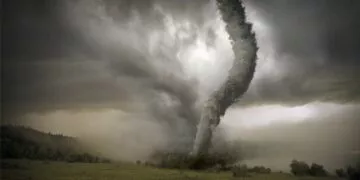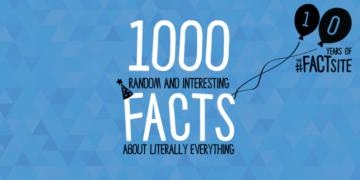No, we’re not talking about that feeling you have the next day after overeating spicy food, and we’re not talking about the drinking game.
The Ring of Fire we’re talking about is Earth’s most violently volcanic region.
Haven’t heard of it? Well, you definitely should have, so read one of the world’s greatest wonders!
Two-thirds of the world’s volcanoes are in the Ring of Fire.

The last 11,700 years of the Ring of Fire have been rather intense.
We measure from this point as it’s the length of the Holocene Epoch, the current geological period.
During this time, around 850-1,000 volcanoes have been active along the Ring of Fire.
The four largest volcanic eruptions in the Holocene Epoch have all occurred here, with more than 350 active volcanoes recorded in human history.
90% of the world’s earthquakes occur in this zone.

They’re not minor earthquakes, as 81% of the world’s largest earthquakes happen here.
To put that into perspective, the area with the next most seismic activity, the Alpide Belt, only has about 5-6% of the world’s earthquakes.
There’s no universal agreement on the boundaries of the Ring of Fire.
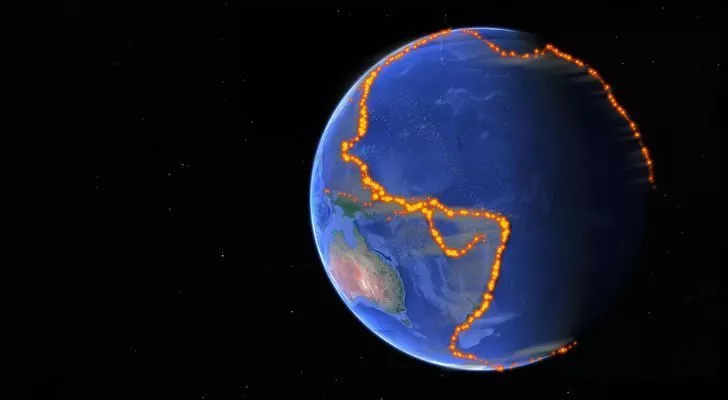
A lot of this comes down to how seismic and volcanic activity is created.
The areas in question are the western side of Indonesia, which is also in the Alpide Belt, the Antarctic Peninsula, and the South Shetland Islands.
The activity happens in the more questionable areas for different reasons from the rest of the ring.
The Ring of Fire is about 25,000 miles long.

The Ring of Fire covers a mind-bogglingly immense swathe of the Earth. It all but encircles the Pacific Ocean, with just the border of the South Pacific Ocean safe from seismic and volcanic activity.
This makes the Ring of Fire more like a horseshoe, but Horseshoe of Fire doesn’t sound that great, so we can see why this name was chosen instead.
The ring begins around New Zealand and stretches along coastlines up to the Bering Strait before following the coast down the Americas to Chilean Patagonia.
More than 15 countries are within the boundaries of the Ring of fire.
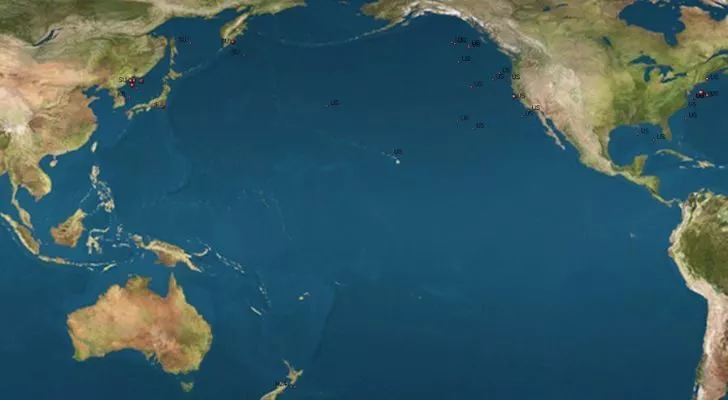
The ring doesn’t just go straight up north from New Zealand. Instead, it follows landmasses covering Papua New Guinea, Indonesia, and the Philippines.
From there, it reaches out to Japan before hitting northeast Russia and traveling along into Alaska to complete the first half of the ring.
This incredible zone of activity then continues along the west coast of the Americas, touching every single nation along that coastline until it gets to the southernmost tip of Chile.
All these nations have lots of volcanoes and earthquakes, and it’s the ring of fire!
It’s relatively safe inside the ring.
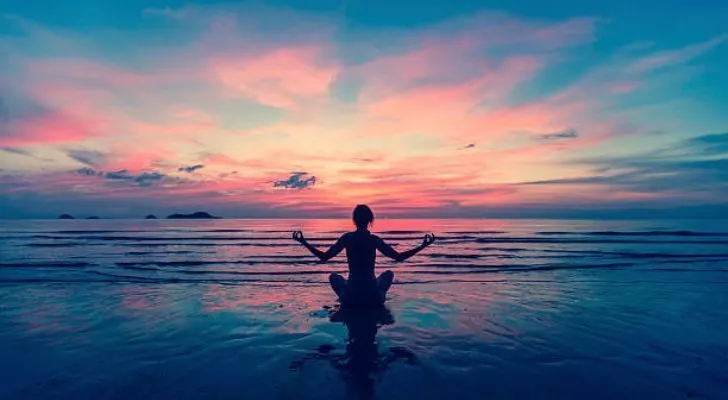
The thing about the Ring of Fire is that it’s only really active along the boundaries of the ring itself.
The further you move away from landmasses at the edge of the ring towards the center, the calmer things get – until you get to Hawaii, anyway.
Unfortunately for would-be settlers wishing to live further away from the ring, it’s not possible, as the Pacific Ocean almost exclusively takes up this space.
The Ring of Fire is just on the boundary of the Pacific plate.
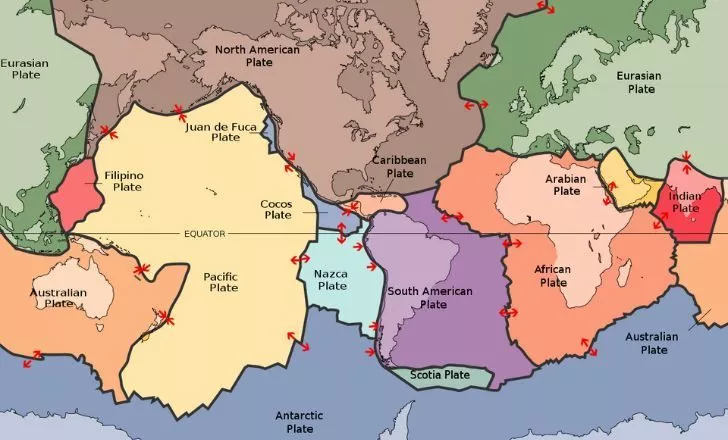
Get ready for a refresher on geography, as there’s no way we can explain this mad phenomenon without it!
To put it simply, the world’s rocky surface consists of many big plates of land we call tectonic plates that are constantly moving around.
They more or less sit on top of the Earth’s molten core, and magma arises when a plate gap is created.
It’s along the boundaries of these plates that we see the most seismic and volcanic activity due to the sheer forces involved. The Ring of Fire is just the boundary of the Pacific plate.
The volcanoes in the Ring of Fire are not connected.
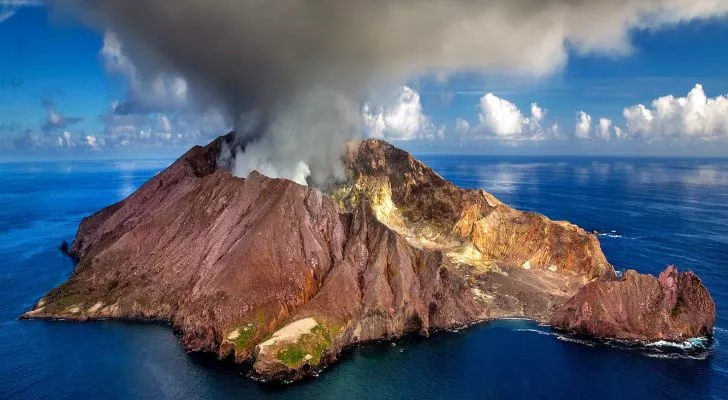
There’s a common misconception that the activity along the Ring of Fire is somehow connected, and when one volcano erupts, another one will too.
While this certainly can happen, it’s not because of any connected system or anything – it’s purely a coincidence.
That’s all the Ring of Fire is – a coincidental chain of highly volatile tectonic lines.
It contains the world’s deepest trench.
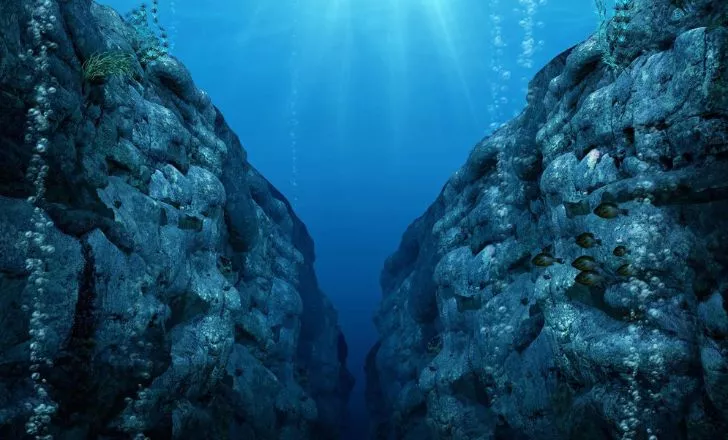
The meeting of tectonic plates doesn’t just cause seismic and volcanic activity.
There are three main ways tectonic plates interact – they can move away from each other, grind sideways against each other, or one can be forced under the other.
The Mariana trench is found where the Philippine Sea Plate meets the Pacific Plate, with the latter being forced under the former.
This happens at the deepest part of the ocean floor, which makes the trench so deep.
The lowest known point of the trench is an incredible 36,070 feet (10,944 meters) below sea level.
The Ring of Fire, although questionably named, is seriously one of the most spectacular phenomena on Earth.
While it may sound quite scary, earthquakes and volcanic eruptions there don’t happen often – they seem to as it covers such a large part of the world!



